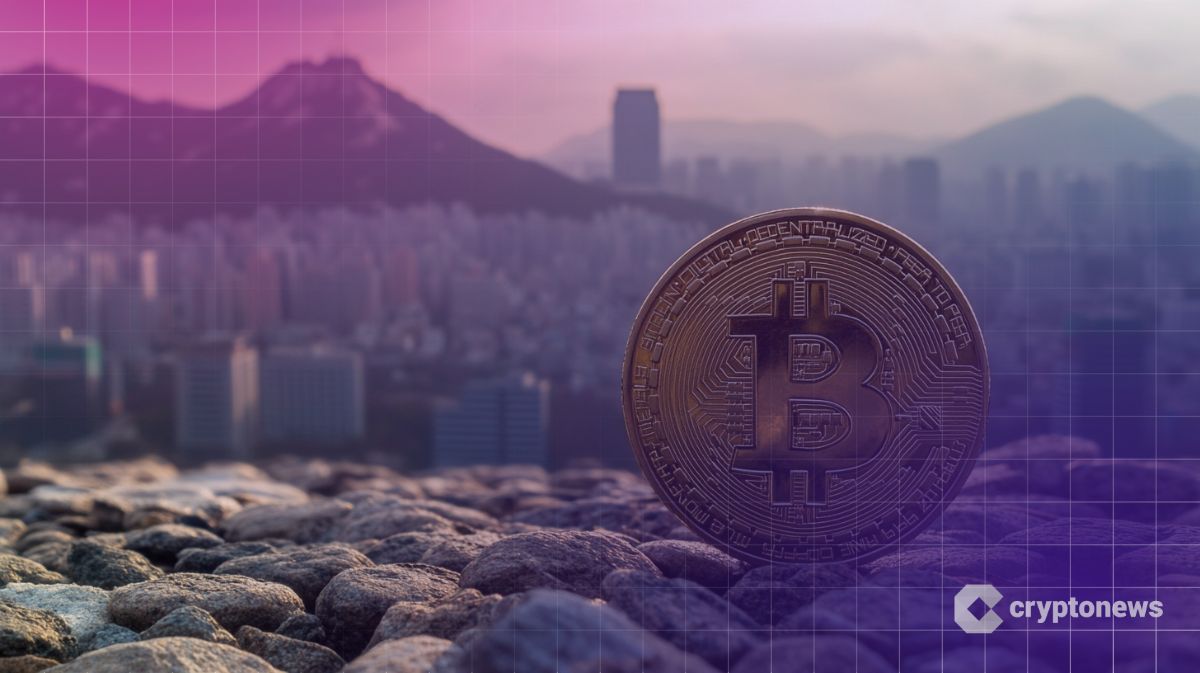GMX finalizes $44M payout to GLP holders affected by V1 exploit
GMX has concluded its ~$44 million compensation plan for GMX Liquidity Provider holders on Arbitrum impacted by the July V1 vulnerability.
- GMX completed a ~$44M GLP holder compensation plan after July’s V1 exploit.
- Payouts were in GLV tokens with DAO treasury support and retention incentives.
- GMX V2 remained unaffected and continues to see strong trading activity.
The update was shared on X by GMX (GMX) on Aug. 13, following the protocol’s final distribution round. The platform fully reimbursed affected wallets and offered incentives to retain distributed funds.
Distribution finalizes recovery from July exploit
The exploit, detected on July 9, targeted a re-entrancy flaw in GMX V1’s GLP pool. This enabled an attacker to manipulate short average prices for Bitcoin (BTC) and drain roughly $42 million in assets.
GMX halted GLP trading, minting, and redemption on Arbitrum (ARB) and Avalanche (AVAX), later negotiating the return of ~$37.5 million under a white-hat bounty arrangement. The attacker retained about $5 million.
The completed plan, approved via a community Snapshot vote, distributed GLV, or GMX Liquidity Vault tokens, to eligible GLP holders. Similar to GLP’s pre-exploit composition, these vaults contain approximately 25% Wrapped Bitcoin (WBTC), 25% Ethereum (ETH), and 50% stablecoins.
The GMX DAO provided $500,000 in retention incentives to holders who held GLV for three months, while also using its treasury to cover a $2 million shortfall. GLP held by the white-hat, representing 29% of the supply, was burned to restore proportional value.
GMX V2 continues unaffected
GMX V2, which was not impacted by the incident, has maintained rising volumes and liquidity since the exploit. The DAO is working on tailored recovery solutions for decentralized finance protocols that integrated GLP, with GLP redemptions expected to resume in about 10 days.
The exploit caused GMX’s token price to fall by up to 28% before partially recovering. Total value locked dropped from $480 million to $409 million, but has recovered sharply to over $600 million as of press time. With V1 paused and set for eventual sunset, GMX’s focus is shifting entirely to its V2 infrastructure.
You May Also Like

Hyperliquid's "insider whale" closed its BTC short position in the early morning, making a profit of $1.97 million

Don’t bet on altcoin season yet — what this $36B metric says about the timing
